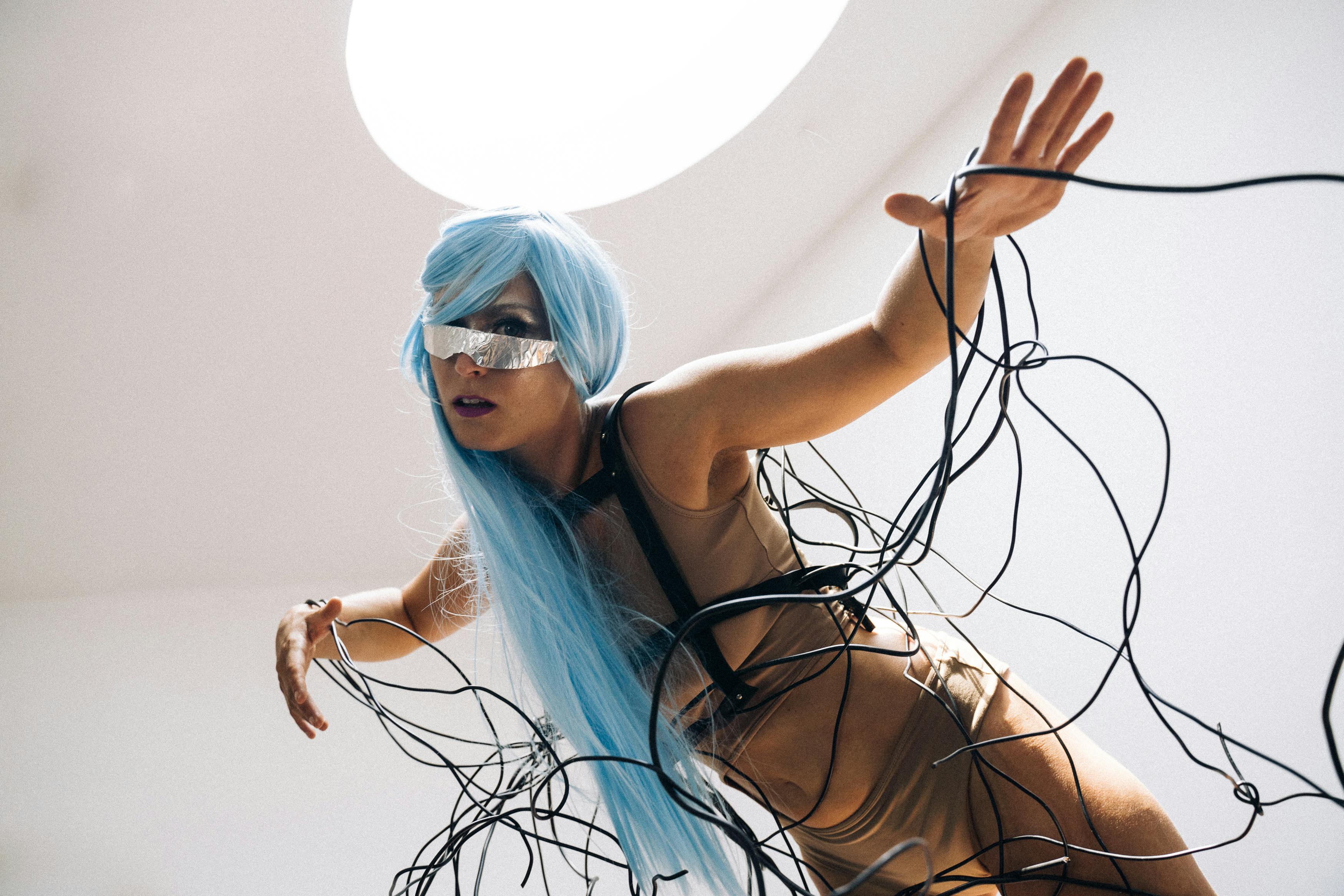Exploring Anime Genres: A Comprehensive Guide to Different Types of Anime

Anime is a unique and influential form of entertainment that has captivated audiences around the world. Originating from Japan, anime offers a wide range of genres, each with its own distinct style, themes, and storytelling techniques. Whether you're new to anime or a seasoned fan, understanding the different types of anime can enhance your viewing experience. Let's dive into the diverse world of anime genres and discover what makes each one special.
1. Shonen (少年)
Shonen anime is specifically targeted at a young male audience, typically between the ages of 12 and 18. These series are known for their action-packed stories, strong male protagonists, and themes of friendship, rivalry, and perseverance.
- Examples: Naruto, Dragon Ball Z, One Piece, My Hero Academia
- Themes: Adventure, martial arts, coming-of-age, battles
- Style: Dynamic fight scenes, powerful character development, ongoing story arcs
2. Shojo (少女)
Shojo anime is aimed at a young female audience, usually aged 10 to 18. These series often focus on romance, personal relationships, and emotional growth, with strong female leads and visually appealing art styles.
- Examples: Sailor Moon, Fruits Basket, Ouran High School Host Club, Cardcaptor Sakura
- Themes: Love, friendship, drama, magical girls
- Style: Romantic elements, detailed character expressions, pastel color palettes
3. Seinen (青年)
Seinen anime targets an adult male audience, typically ages 18 and older. These series often feature more complex narratives, mature themes, and darker tones. Seinen anime can range from psychological thrillers to intense action and even slice-of-life stories.
- Examples: Berserk, Tokyo Ghoul, Ghost in the Shell, Psycho-Pass
- Themes: Violence, moral dilemmas, existential questions, psychological depth
- Style: Realistic character designs, gritty atmospheres, intricate plotlines
4. Josei (女性)
Josei anime is created for an adult female audience, typically aged 18 and above. These series focus on realistic romantic relationships, personal struggles, and character development, often portraying everyday life with a touch of drama.
- Examples: Nana, Honey and Clover, Paradise Kiss, Princess Jellyfish
- Themes: Romance, career, family, personal growth
- Style: Realistic character dynamics, mature storytelling, emphasis on relationships
5. Mecha (メカ)
Mecha anime centers around giant robots or mechanical suits, often piloted by humans. These series can range from epic battles and space operas to more philosophical explorations of technology and humanity's relationship with machines.
- Examples: Mobile Suit Gundam, Neon Genesis Evangelion, Code Geass, Gurren Lagann
- Themes: War, technology, human vs. machine, existential crises
- Style: Futuristic settings, detailed mecha designs, epic battles
6. Isekai (異世界)
Isekai, meaning "different world," is a genre where the protagonist is transported from the real world to a fantasy or parallel universe. These series often explore themes of adventure, survival, and self-discovery, with the protagonist adapting to their new environment.
- Examples: Sword Art Online, Re
- Starting Life in Another World, No Game No Life, That Time I Got Reincarnated as a Slime
- Themes: Fantasy worlds, reincarnation, adventure, quests
- Style: Vibrant fantasy settings, character transformation, epic journeys
7. Slice of Life (日常系)
Slice of Life anime focuses on the everyday experiences of its characters, often depicting ordinary activities in a realistic manner. These series are known for their calming, relatable storytelling and emphasis on character interactions rather than plot-heavy narratives.
- Examples: Clannad, March Comes in Like a Lion, Laid-Back Camp, Barakamon
- Themes: Daily life, personal growth, friendship, simplicity
- Style: Gentle pacing, relatable scenarios, emotional depth
8. Fantasy (ファンタジー)
Fantasy anime transports viewers to magical worlds filled with mythical creatures, supernatural powers, and epic quests. This genre often blends elements of adventure, romance, and battle, set in richly imagined worlds.
- Examples: Fullmetal Alchemist, Fairy Tail, The Seven Deadly Sins, Attack on Titan
- Themes: Magic, epic battles, heroism, mythical beings
- Style: Elaborate world-building, dynamic action scenes, magical elements
9. Horror (ホラー)
Horror anime is designed to frighten and unsettle viewers, often featuring supernatural elements, psychological suspense, and intense, disturbing imagery. These series are perfect for fans of the macabre and eerie.
- Examples: Tokyo Ghoul, Another, Paranoia Agent, Hellsing
- Themes: Fear, supernatural, psychological terror, gore
- Style: Dark atmospheres, eerie soundtracks, shocking visuals
10. Comedy (コメディ)
Comedy anime is all about making viewers laugh, often featuring exaggerated situations, humorous dialogue, and quirky characters. These series can range from light-hearted and silly to clever and satirical.
- Examples: One Punch Man, Gintama, KonoSuba, Nichijou
- Themes: Humor, parody, everyday absurdities, slapstick
- Style: Exaggerated expressions, fast-paced gags, witty dialogue
